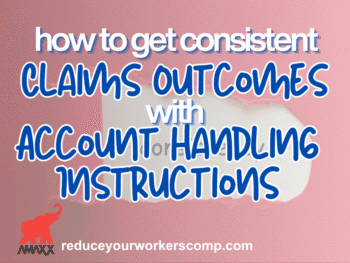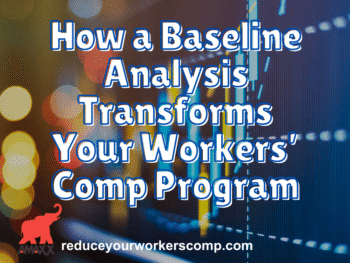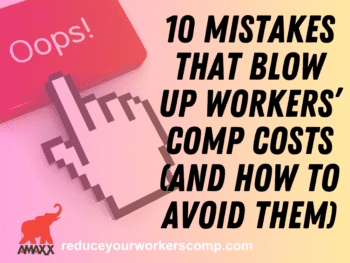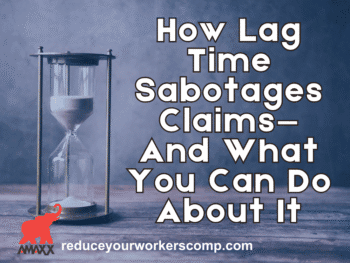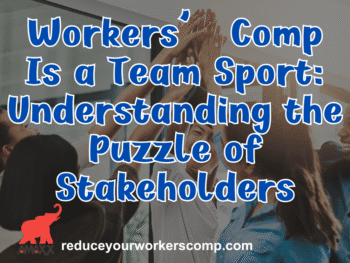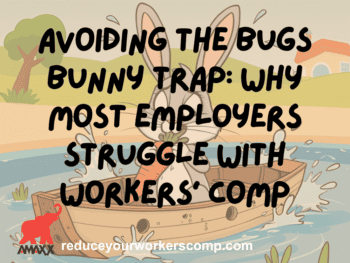Questions concerning compensability under any workers’ compensation act starts with a simple question. Did the personal injury arise out of and occur in the course and scope of employment?
While it may seem very basic, the reality is there are many gray areas that lurk beneath the surface. One such issue involves the “ingress and egress” of employees as they enter and leave the workplace. This is a challenge the claims management team must master in order to be effective.
The Origins of Ingress/Egress Compensability
When dealing with these questions of whether a personal injury is “work-related” courts early on recognized that employees need to first enter the workplace on time in order to perform the necessary functions of their work duties. The result of this was an acknowledgement that employer’s obligations under a workers’ compensation act sometimes start even before the workday begins.
It is important to remember that claims involving these matters are fact specific. The result is members of the claims team need to investigate these issues on their own merits and sometimes consult with an attorney before they accept or deny primary liability.
Click Link to Access Free PDF Download
Understanding Unique Scenarios
There are an infinite number of possibilities when it comes to the ingress and egress of an employee. Here are some of the common situations that take place:
- Beginning/Completion of a Work-Shift: Generally, employees are covered under a workers’ compensation act from the time they arrive on company property until the time they leave. Injuries that occur during these times are generally compensable when they take place within a reasonable time before or after work in entryways/cloakrooms, bathrooms, parking lots and sidewalks on or near the company premises.
- Unpaid Work/Rest Breaks: Just because an employee is not being paid, does not mean they are not covered under a workers’ compensation act. Examples of compensable injuries include taking breaks on company premise and even when the employee is walking to a nearby restaurant or convenience store. Most jurisdictions also recognize injuries that take place when employees are smoking cigarettes.
- Traveling Employees: This type of employee should send fear down any claim handlers spine. They typically receive “portal-to-portal” coverage, which means they are covered from the minute they leave until they return. The possibilities for mischief are endless as they go out to eat, engage in the entertainment of clients and countless other activities not directly related to their work.
When determining issues of compensability for these types of injuries, courts will look at a number of factors. The circumstances that generally lead to an injury being compensable are as follows:
- If the injury occurs at a location that could be constructed as the employer’s workplace, or an area under their control; or
- When the employee is furthering the interests of the employer or engaging in activities necessary for the human condition. Common examples are eating food, drinking a non-alcoholic refreshment or situations involving necessary bodily functions.
FREE DOWNLOAD: “Step-By-Step Process To Master Workers’ Comp In 90 Days”
Other Factors to Consider
The doctrine of “special hazards” can sometimes serve as the lynchpin for whether a claim is compensable. Examples of these hazards people encounter inside and outside the workplace are numerous. A review of case law has noted many examples where people are struck by a batted baseball, stray bullets or assisting in the rescue of unknown third parties become compensable injuries. In these instances, the courts will generally use a balancing test to determine compensability. Issues examined under this test will often include whether the hazard is unique to the workplace itself or if its origins rest in risk the employee would encounter in everyday life.
Conclusions
All work-related injuries require members of the claims management team to conduct a diligent investigation. In circumstances involving ingress/egress or other hazards they must redouble their efforts. This includes knowing the law and in other cases, coordinating their efforts with appropriate legal counsel.
Author Michael Stack, Principal, COMPClub, Amaxx LLC. He is an expert in workers compensation cost containment systems and helps employers reduce their work comp costs by 20% to 50%. He works as a consultant to large and mid-market clients, is co-author of Your Ultimate Guide To Mastering Workers Comp Costs, a comprehensive step-by-step manual of cost containment strategies based on hands-on field experience, and is founder of COMPClub, an exclusive member training program on workers compensation cost containment best practices. Through these platforms he is in the trenches on a working together with clients to implement and define best practices, which allows him to continuously be at the forefront of innovation and thought leadership in workers’ compensation cost containment. Contact: mstack@reduceyourworkerscomp.com.
©2016 Amaxx LLC. All rights reserved under International Copyright Law.
Do not use this information without independent verification. All state laws vary. You should consult with your insurance broker, attorney, or qualified professional.
FREE DOWNLOAD: “Step-By-Step Process To Master Workers’ Comp In 90 Days”

